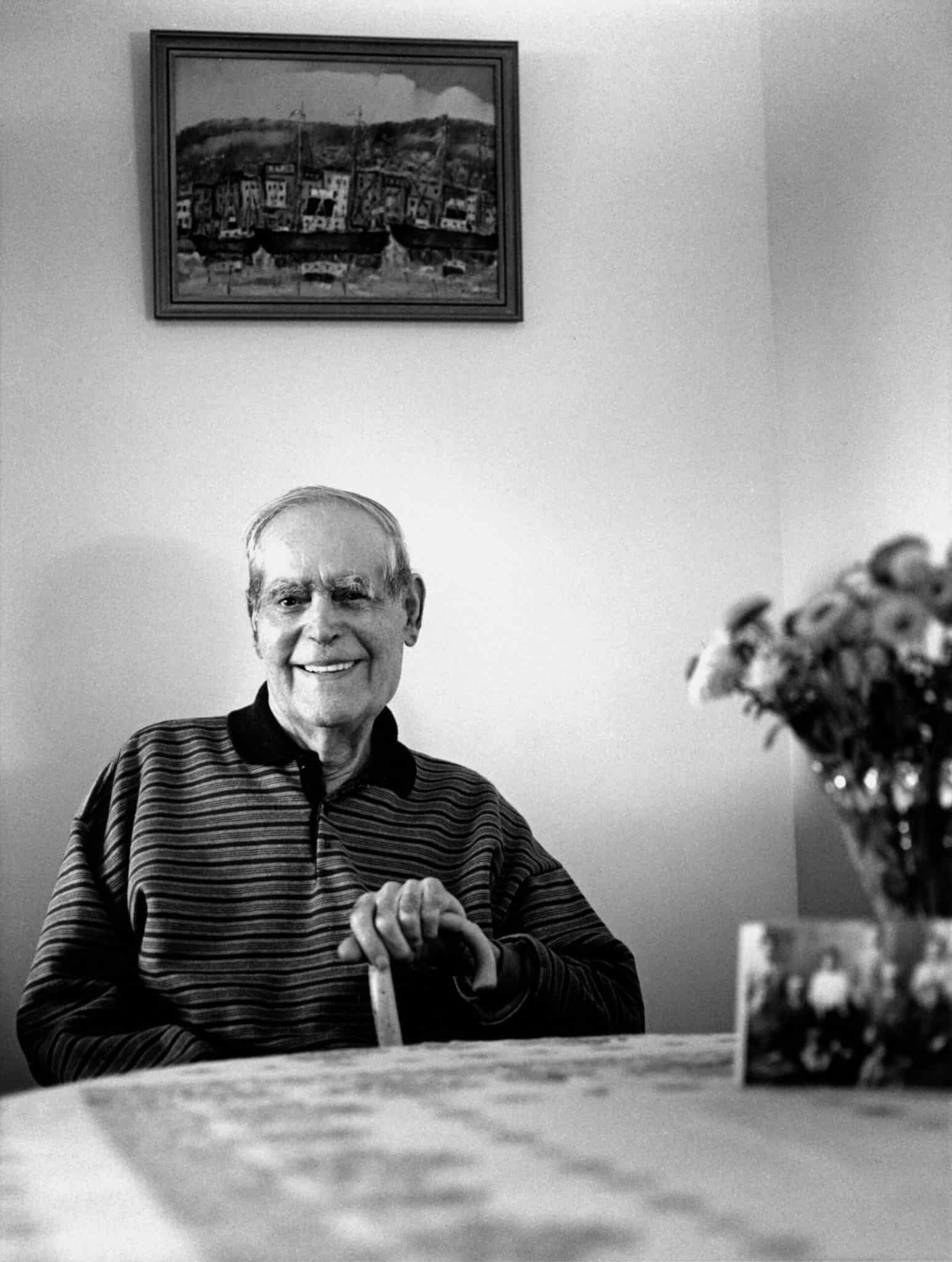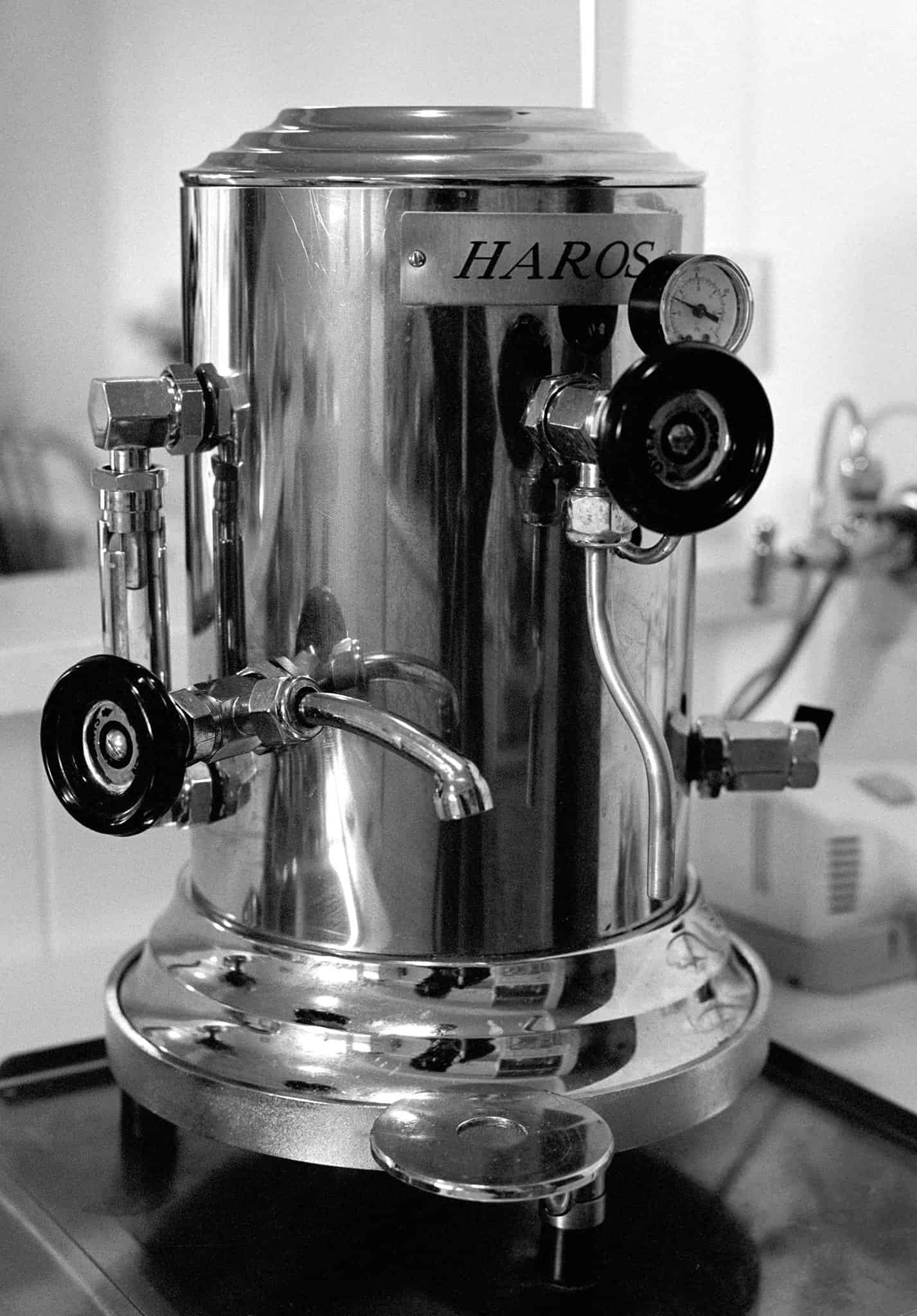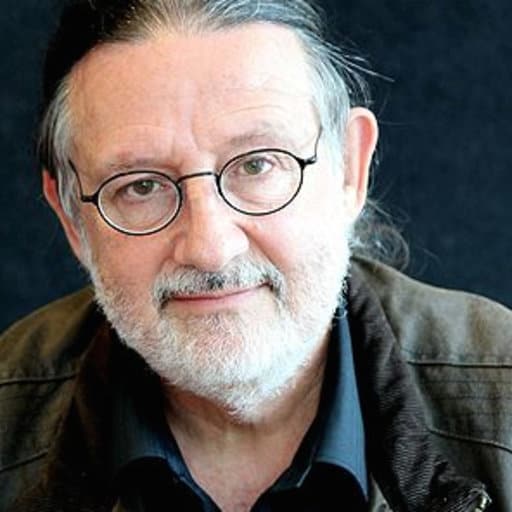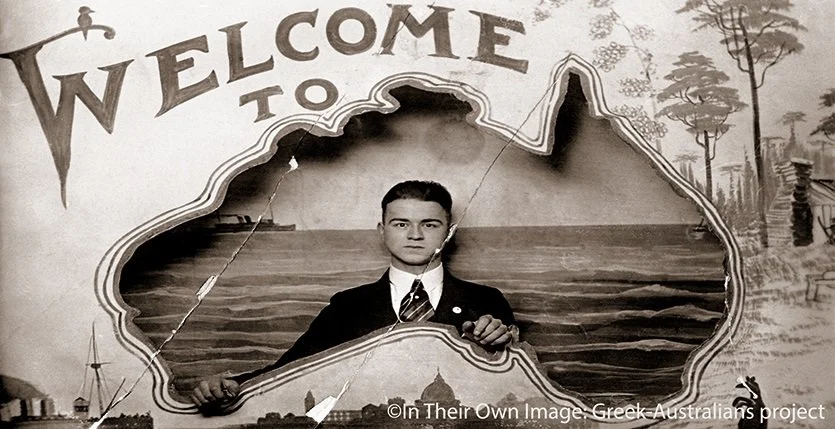Greek City Times is proud to present a weekly historical snapshot
from the archives of the ‘In Their Own Image: Greek Australians’ national project
by photographer Effy Alexakis and historian Leonard Janiszewski.
GEORGE HAROS
Kytherian-born George Haros was initially a café assistant, and later a milk bar proprietor, as well as an inventor. He actively involved himself with Tasmania’s small but growing Greek community from the 1930s onwards and eventually served as Honorary Vice-Consul for Greece in Hobart.

In 1912, in the village of Manitohori in Kythera, two years after his parents had married, George was born – the second child and the first son. The couple’s offspring would eventually number four boys and four girls.
George’s father was a builder and in 1910 he had opened a steam-driven factory in Livadi to grind wheat and olives – the first mechanised factory on Kythera. In 1929, George’s eldest sister, Katina, left for Australia with her newly acquired Greek-Australian husband, Gregory Casimaty (Kasimatis). Gregory and his brothers were operating a successful food-catering enterprise in Hobart called the Britannia Café. At the request of his father, George followed the next year, even though he wanted to stay in Greece and attend university. Another sister, Manty, arrived in 1933, following her marriage to one of Gregory Casimaty’s younger brothers, Anthony. George worked in the Britannia Café with his brothers-in-law until 1936. That year he opened his own café/milk bar called The Green Gate, where ‘we made our own syrups and ice cream’. The business was taken over by one of his sons in 1968; it was destroyed by fire in the mid-1980s. George recalls that his father had written to him in 1936 asking him to return to Kythera, ‘…but I had me independence… I didn’t feel like to go back till I do something, till I make something [of myself].’
In the late 1930s George also worked on developing what was to become a locally produced café icon: the Haros Boiler. Widely used in the production of hot beverages such as tea, coffee, cocoa, Horlicks malted milk and Bovril salty beef extract, over the years, some 13,000 units have been sold. George’s inventiveness was not restricted to food-catering. In the early 1940s the Army Inventions Directorate, based in Melbourne, were informed of his new anti-aircraft shell design that utilised two shell cases, the inner one of which was magnetised.
During the 1950s George became the Foundation Treasurer of the Greek Community in Hobart and was admitted into the Masonic Lodge. From 1966 to 1980 he served as Honorary Vice-Consul for Greece in Tasmania’s capital.
George visited Greece eleven or twelve times, but he never experienced the desire to re-settle in the land of his birth, particularly following his marriage and the friendships forged over the years in Australia:
‘In 1943 I married a Tasmanian girl [of British-Australian background] – Gwen Price. She worked for me in the Green Gate. Many [in the Greek community] didn’t speak to me for a while – not my sisters – but they [the Greek community] all came to love her later… I’m very proud of my Greek origin, but I like it here too. They got a lot of good qualities the Australian people, if you really come to know them… I have a lot of friends, a hell of a lot of friends.’
At times however he did feel a sense of longing in Australia for his family and friends in Greece, particularly during his youth:
‘I had a sense of ‘xenitia’, but not ‘mavri’. ‘Mavri’, I think is a horrible word to use. But I felt lonely. I missed a lot of my friends, my school mates. But then, I was very young. I had to work pretty hard… More or less I had a lot of liberties here. I have always been a fairly good mixer with people you know… I felt homesick, more or less homesick… We call it ‘mavri’ as a bad place. It’s not really. I can understand to feel lonely and things like that, but most of the Greeks here in Australia, they really had a good time. They didn’t done badly I don’t think… When my mother died I felt I was very far away. I wished I was there [in Greece]. But, nothing I could do… My father passed on 1957. I didn’t go back then [either], I couldn’t…’
George died in 1997, seven years after his wife, Gwen.

Photos: Effy Alexakis
Historical Research: Leonard Janiszewski
© In Their Own Image: Greek-Australians National Project Archives


Since the early 1980s, Effy Alexakis, a photographer, along with historian researcher Leonard Janiszewski, have been travelling around Australia photographing and collecting stories. They have also photographed Greek-Australians in Greece and documented some amazing histories. The images and text provide personal, diverse and powerfully moving insights, about opportunities, hopes and challenges. Collectively, these stories provide personal perspectives of a diasporic Hellenic identity. Their archive encompasses photography, both historical and contemporary, taped interviews and literary materials.
They have published 3 books and numerous articles, and their projects are ongoing. The photographs have been widely exhibited throughout Australia and in Greece.
VISIT THEIR LATEST PROJECT: Greek Cafés & Milk Bars of Australia | Facebook


